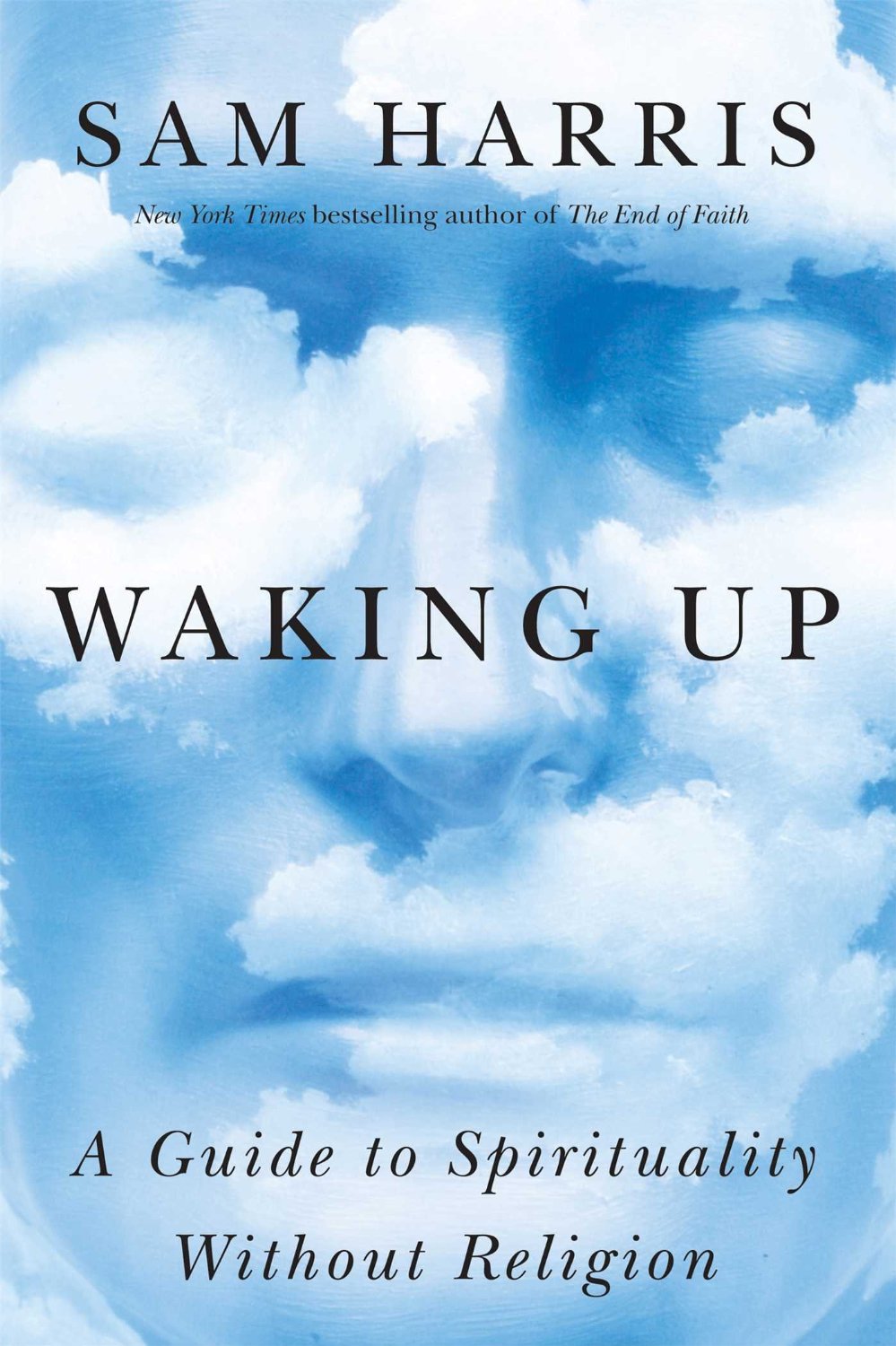By Grant Steves
 Waking Up: A Guide to Spirituality Without Religion (Sam Harris) - 256 pages; Simon & Schuster (September 9, 2014)
Waking Up: A Guide to Spirituality Without Religion (Sam Harris) - 256 pages; Simon & Schuster (September 9, 2014)
Sam Harris appears to be a contradiction. Can you be an atheist and be spiritual? Harris has, through his past books and debates, established himself as an atheist. However, people sometimes stray into eccentric choices. This new book by Harris raises that question. The word ‘atheist’ has controversy attached to it, so having controversial terms should not deter an atheist. Perhaps you need to let Harris make his point, evaluate his argument with an open mind, and then make your decision.
.To succeed he needed to define spirituality. He did this by looking at its origin. The word is directly related to the Latin word, spiritus, and that is a translation of the Greek word pneuma – which means breath. This historical attempt to rescue the word is about as valid as using the Bible as a deed to the land of Israel. It isn’t what it was, but what it is.
You should be looking for a modern use of the term that matches your intent. Present dictionaries are limited in definitions that would be useful for Harris. The Random House Dictionary of the English Language Unabridged Edition (1967) perhaps helps with the following: “of or relating to the conscious thoughts and emotions.” However, in general discourse we often use it to identify that which inspires – music, art, poetry, etc., and phenomena that are not supernatural in its origin. It is not easy to go against calcified popular attitudes about the usage of a word, but it is possible to encourage a word’s usage to be broader in its intent. We certainly have done that with words such as love, religion, and humanism.
Harris’ first chapter gives a brief history and definition of spirituality in an atheist context. He also introduces a method of meditation, which appears to be the point of his book, i.e., to encourage the use of meditation.
Chapter two of his book is his argument on a definition of consciousness. This is important to understanding the idea of meditation and the benefits that may be derived from meditation. His degree in neuroscience is used to help support his argument.
Chapter three reflects on the riddle of the self. This is an age old issue, and Harris tries to help us understand it, because it directly supports his position on meditation benefits that one can obtain from its practice.
Chapter five covers the selection of a teacher of meditation – its importance in finding the right one, and the importance of not being trained by the wrong person. He also comments on use of drugs as a short cut to discovering the self, and he reflects on the curious near death experience.
Harris wants us to understand that a “true spiritual practitioner is someone who has discovered that it is possible to be at ease in the world for no reason, if only for a few moments at a time…” Further on in the book he asserts “that spiritual life consists in overcoming the illusion of the self by paying close attention to our experiences in the present moment.” This is accomplished through meditation.
The formula for meditation that Harris gives in the first chapter cuts away the unessential and clearly states the essential. It is a form of meditation I have been doing for over thirty years. The benefits he identifies I have experienced. It was encouraging to see the research that he uses to support the practice. It is an activity that requires discipline and can be rewarding, but it is not a panacea for the human race.
Once again Harris has written a short thought provoking book on a subject on which people are often confused, puzzled, or negative in their reactions.

